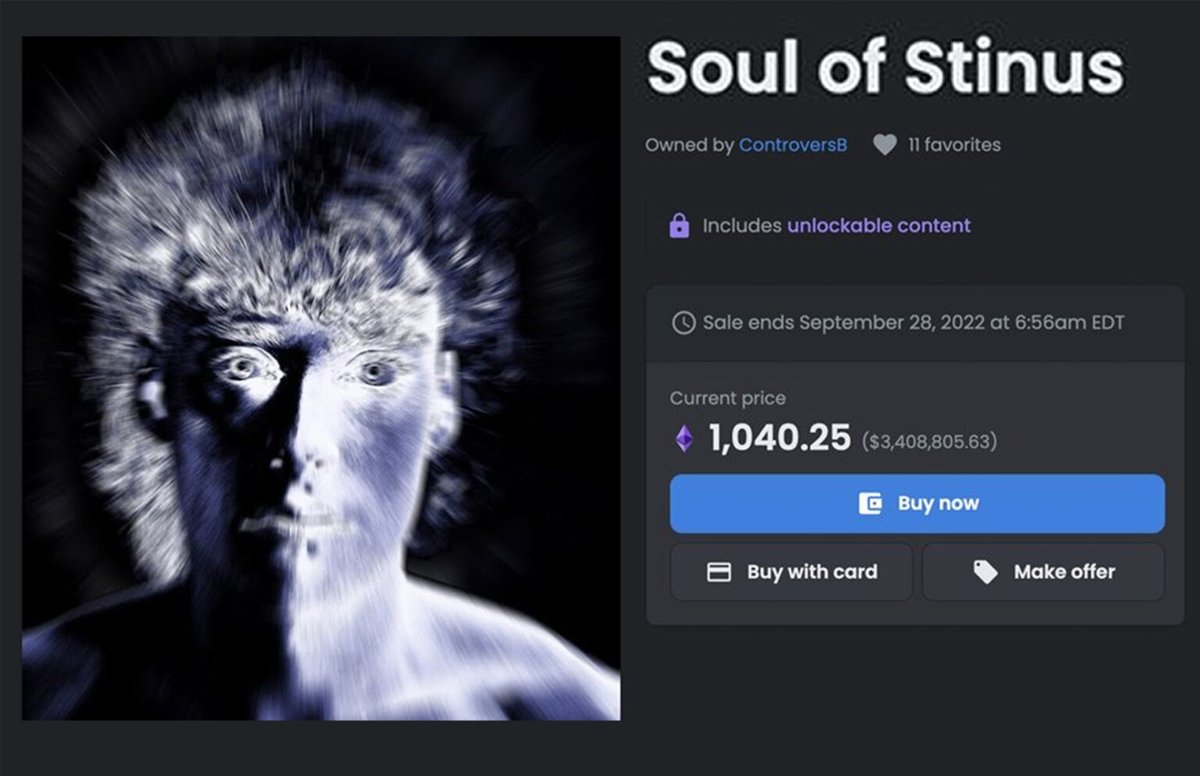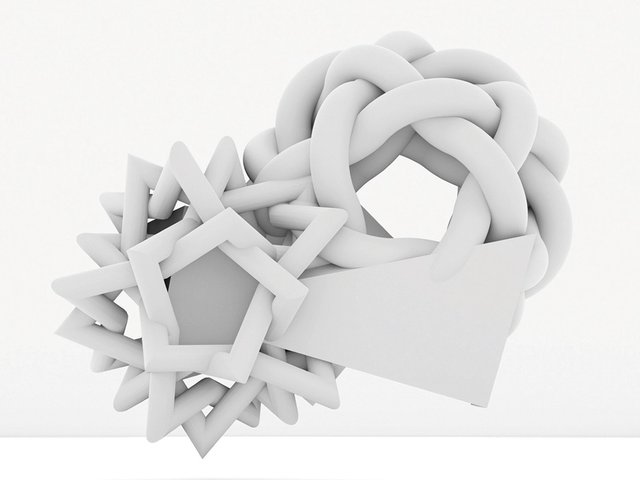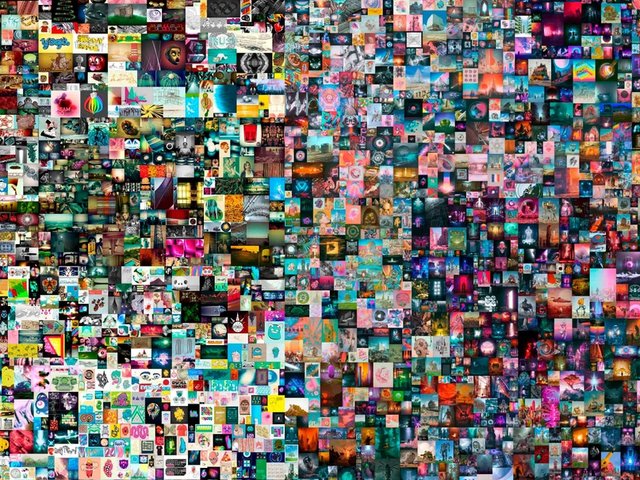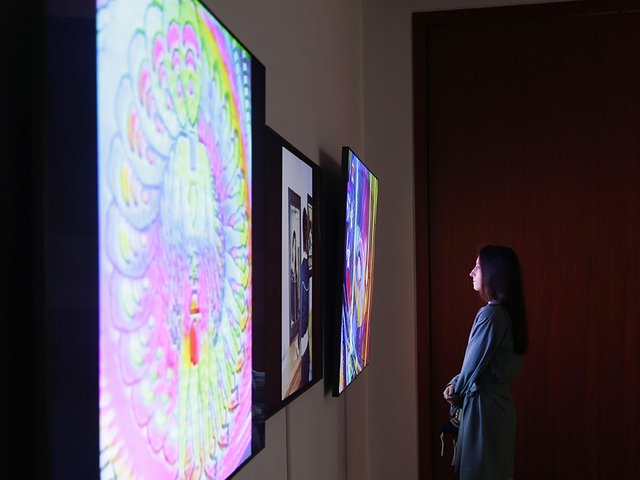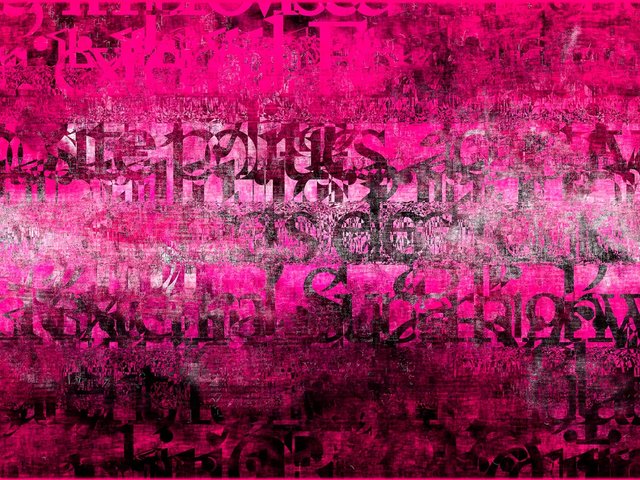This summer, I sold my signature. It is the sort of conceptual artwork that really couldn't happen before NFTs and the art market became friends. A lot of focus is given to how NFTs allow us to sell “digital goods” but they actually allow us to sell all kinds of intangible things.
I sold my signature within Unsigned, a Tezos-based collaboration between the artist duo Operator and the curator Anika Meier. This itself is an interesting thing to consider: the existence of the NFT platform, in this case, objkt.com, allows a curator with a reputation as strong as Meier’s to work directly with artists, without the regular mediation of institutions or galleries.
Unsigned brings attention to the fact that artworks signed by men increase in value, and decrease if signed by a woman, as Helen Gorrill reported in The Guardian. The collection now contains the signatures of 100 female-identifying and non-binary artists in the hopes of compensating for the negative value that signatures hold. While the pioneers of early net art like Olia Lialina and Auriea Harvey were heavily female, the NFT world is notoriously a boys club, giving the project another degree of impact.
We tend to think of signatures as physical and the very essence of “handmade”. They are an essential part of the art world, having first become prevalent during the early Renaissance with the shift from the co-operative guild systems to the individual artist. Could their role in the art world now be undergoing its own renaissance?
What is a digital signature?
Before the blockchain, the term 'digital signature' generally referred to the process of attaching your signature to a document without having to have a printer and scanner or—god forbid—a fax machine. In the world of the blockchain, in which all NFTs are created, digital signatures use encryption to link an identity to a message. The result is a publicly viewable and unchangeable record of transfer that is almost impossible to forge. This is because the encryption is verified by thousands of individual computers in locations around the world that are paid with cryptocurrency to be accurate.
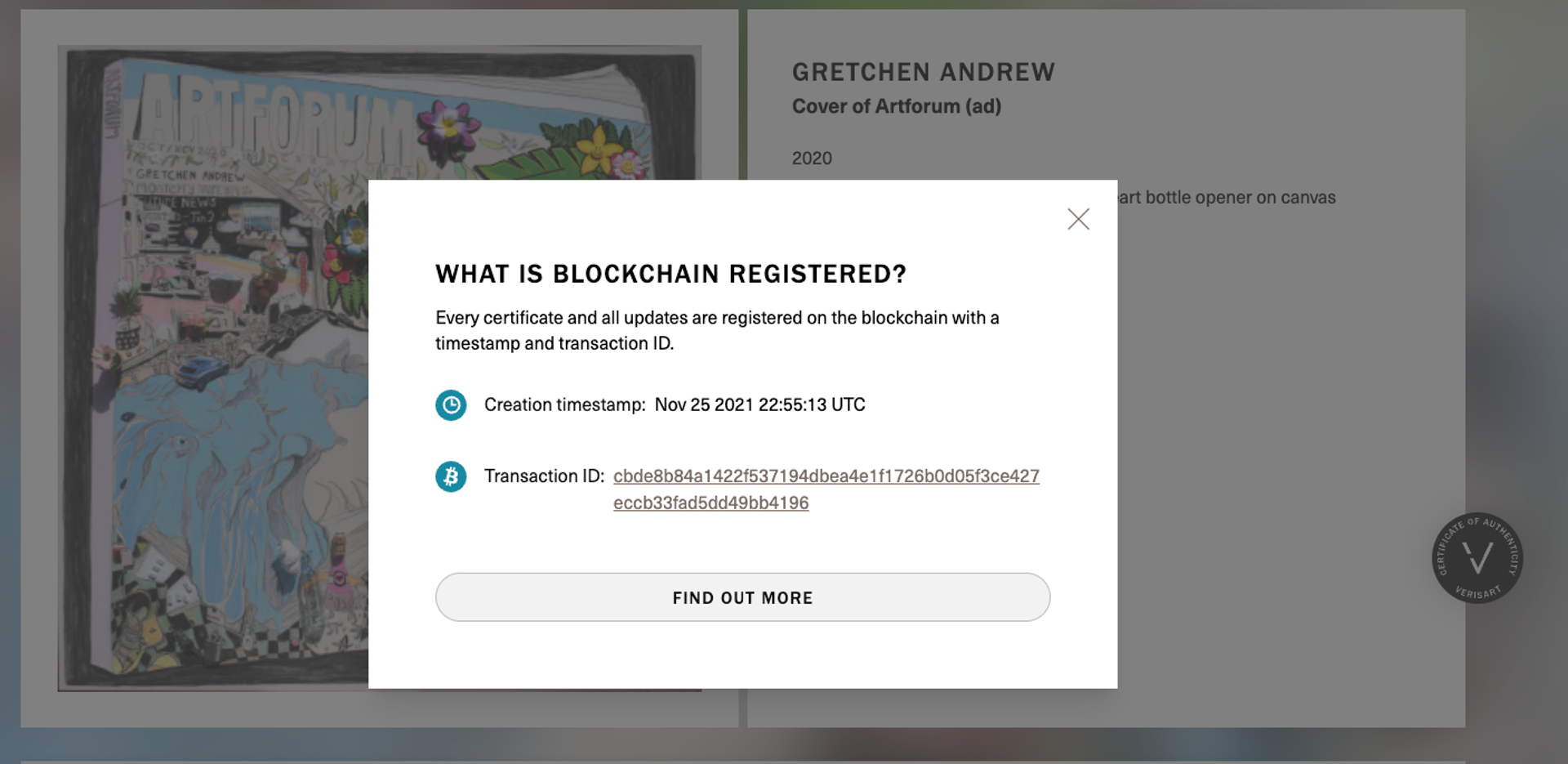
Verisart registers physical work on the blockchain
Digital signatures are a fundamental building block in blockchains, used mainly to authenticate transactions, such as the transfer of ownership. When a collector seeks to resell an NFT, they must prove that they are in fact the current owner of the NFT and are therefore authorised to do so. To the collector of NFTs, this verification all happens automatically. The only impact the collector sees is known as a gas fee, the cost of conducting the verification. This gas fee incentivises the nodes, often individuals in locations of cheap power, to keep the distributed system up and running. Currently, there are around 10,000 nodes on Ethereum, each one conducting its calculation as to the cost of the electrical power required to run the node versus the cryptocurrency reward for doing so. Every time an NFT is created, sold or resold, digital signatures are used to verify the process.
The art market for the intangible
So now the person with the Twitter handle @delta_alpha_ohm owns my signature. Who says? Well, the blockchain does. Because a digital signature can verify the creator, anyone with the right to sell something intangible now can. It isn't clear if a soul is real, but Stijn van Schaik sold his soul as an NFT via the online marketplace OpenSea.
Some of this is hype, and some is brilliant conceptual work. There is clear animosity floating around the art world as we struggle for a distinction. Many are accused of jumping onto the NFT bandwagon, but I think the truth is more complicated. Before the NFT market, many artists had retrofitted their work into an art market that required physical, mostly unique, signed objects for us to worship and fetishise. Many practices haven’t changed as much as critics claim. I think here again of Auriea Harvey’s website love letters and video-game based work finally getting its due. What has changed is the markets.
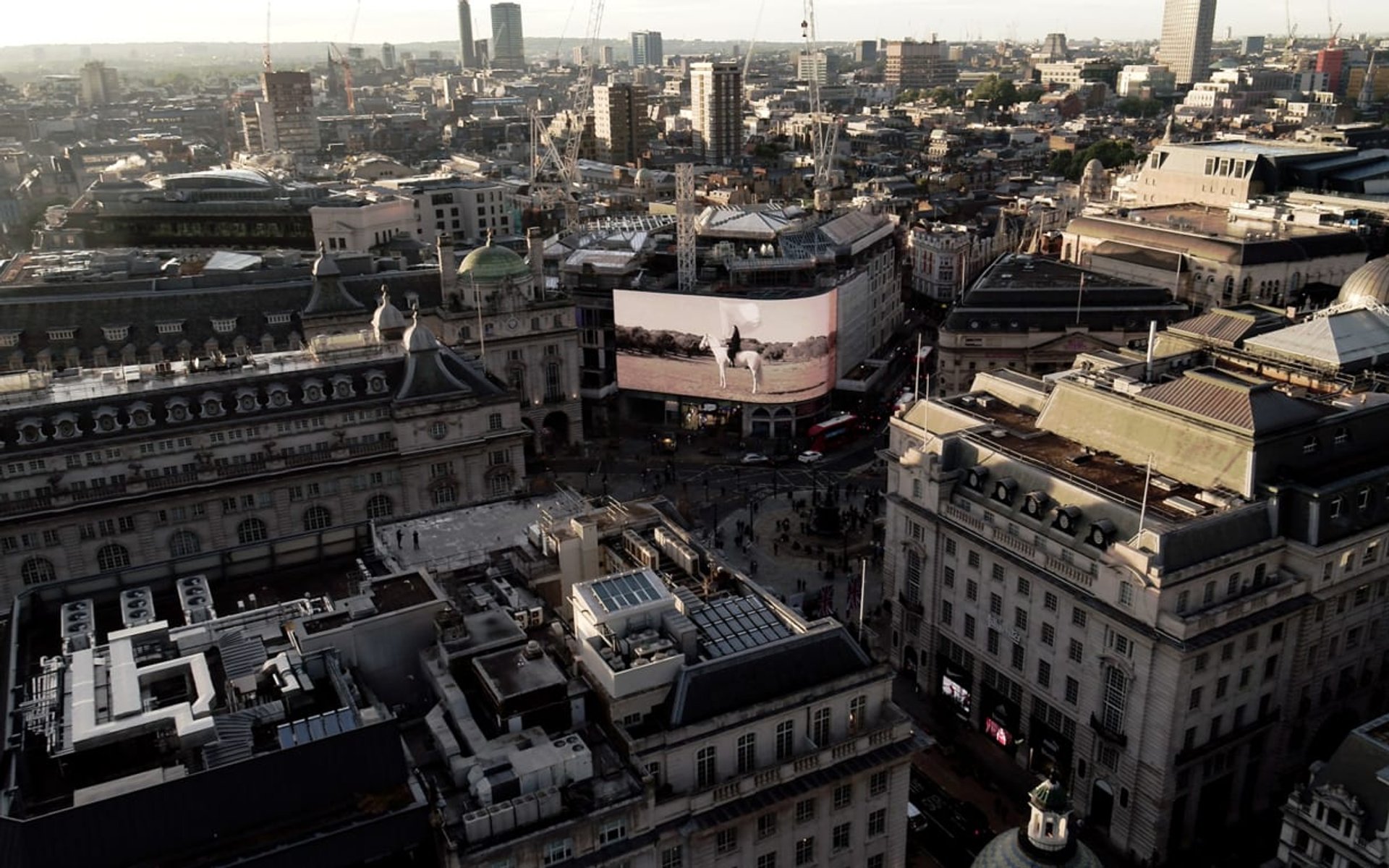
A rendering of Marina Abramovic's The Hero (2022) in London's Piccadilly Circus © CIRCA
Artists’ interest in disrupting the art market through the making of the unsalable has a long history. Radical changes in art were often accompanied by innovations in verifying ownership. I think primarily of performance art and its related mediums. Marina Abramovic dropped her first NFTs during Art Basel 2022. The work was a reprisal of her legendary performance, The Hero (2001), which was originally presented as a film. But really Abramovic didn't need to have something visual; her work, in its purest form, could be sold just as Stijn van Schaik’s soul was. Who owns the performative act of Abramovic on a white horse? Whoever she transferred it to on the blockchain.
Digital signatures but not NFTs
When people question me as to whether or not all the NFT and crypto stuff has a future, I try to go back to the underlying technical shift that blockchain technology allows.
NFTs and cryptocurrencies are applications of blockchain technology, but they are not the whole story. The process of the digital signature fundamentally changes the way information is stored and verified. The necessity of having accurate information that cannot be changed by centralised powers, whether auction records at Christie’s or global shipping documentation, will ensure that this technology has an important future in the art world.
Verisart, who now also mints and certifies NFTs, entered the art world in 2015 with just such an idea. My paintings, along with those of 25,000 other artists, use the platform to certify the transfer of ownership, thus creating a digital provenance. When an artwork is completed, I make a digital certificate of authenticity that includes an image, material information, as well as the opportunity for other supporting documents. I use this area to include conservation information. This certificate is then registered on the Bitcoin blockchain and, when it is purchased, I transfer the certificate to the new owner. It creates the sort of irrefutable provenance that art historians dream of.


